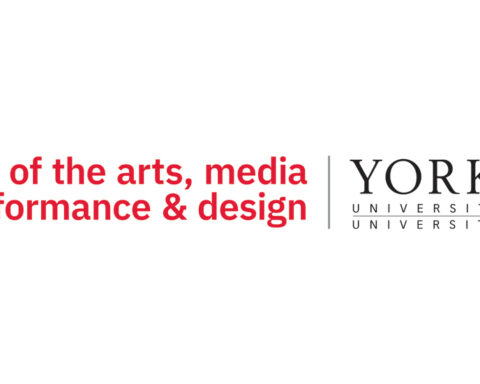POV’s annual survey of Canada’s films schools and departments is in its fourth year and we’re pleased with the increased attention it’s receiving among academics and students. Last year, we let the students have their say about the programmes in which they were enrolled. This time, we’ve turned the tables—or at least moved them sideways—to ask film professors about their favourite courses and aspects of their jobs, placing them at centre stage in the schools they teach. As in previous years, this nation-wide look at our film programmes has been divided regionally. Allan Tong reports on Quebec and the Atlantic region, Nicholas Gergesha takes on schools in Ontario and Manitoba while Nancy Lanthier handles B.C. and Alberta.
A correspondent with a great deal of insight into the school system, Nancy has many things to say about Canada’s film programmes. Here’s her take on the rapid changes in media technology and on the way Canada’s finest educators are responding.
— Marc Glassman
The film industry is in a constant state of evolution. This year, we’ll see a prequel to the Lord of the Rings trilogy shot in 3-D at a pristine 48 frames per second, twice as fast as the industry standard of 24. But even by next year, we could be experiencing a whole new cinematic language. Cameras have been invented with even higher frame rates (the world’s fastest, at UCLA, images an insane 36 million frames every second); Korean engineers have developed incredible high-definition theatre screens with 3-D display technology that eliminates the need for 3-D glasses; and the new object-oriented sound technology can virtually whisper in your ear. Film innovators are creating what’s being termed “first-person cinema”: They want you to feel like you’re in the movie, not looking at the movie. The goal is to create an experience so strong that audiences will decide to go out to the movies instead of streaming them on their laptop.
That’s at the high end. In the real world, advancements are no less mindblowing. Let’s sum it up with a nod to Canada’s newest film fest, 1K Wave. Yes, the festival devoted to feature films budgeted at $1,000 took in more than 30 applicants in its debut year. The new affordability of high-quality HD cameras and editing equipment has democratized the filmmaking process. Distribution is also going through a revolution with websites like YouTube now sharing ad revenue with producers. As network channels, DVD outlets, even studios reevaluate their distribution process and open doors on the Internet, soon average viewers will get their programming on their computers tailor-made for their tastes. (iTunes certainly established a great model for the music industry.)
All of these trends impact education, and film schools are evolving in realtime. At Canadian film education centres across the country, instructors remain passionate about technology, creative thinking, and hands-on learning. Students are inspired by this environment and gain the experience to create art designed for a fast-paced industry. How do the education centres innovate and deal with a constantly morphing filming industry? Instructors at each school share their game plan.
Report from Quebec & Atlantic Canada
Report from Ontario and Manitoba
Report from British Columbia & Alberta









